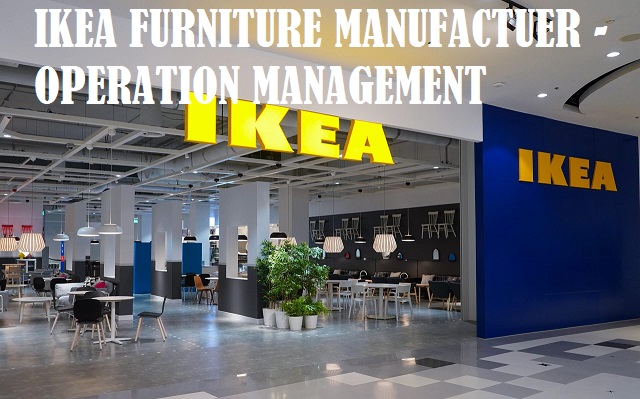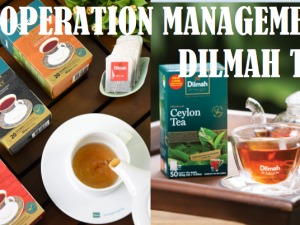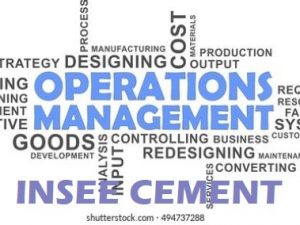Description
IKEA Furniture Manufacturer
The world’s largest home furnishing retailer has 298 stores in 37 countries. It ranks Number41 on Forbes’ esteemed World’s Most Valuable Brands list, and took in 35.5 billion in sales in2013. IKEA has certainly come a long way in its 60 years of business since its 1943 founding in Sweden. This organization impresses not just its consumers with affordable, high quality furniture, but also competitors and companies around the world – especially with its unique supply chain and inventory management techniques. Each IKEA store is huge and holds more than 9,500 products! How in the world does IKEA offer so much at such a low price while always being able to keep items in stock?
Cost Saving In Future Design
IKEA designs unique products that incur low manufacturing costs while meeting strict requirements for function, efficient distribution, quality, and impact on the environment. According to a case study produced by The Times of London, more than 50% of the products are made from sustainable or recycled products. IKEA seeks to use as few materials as possible to make the furniture, without compromising on quality or durability. By using fewer materials, the company cuts down on transportation costs because it uses less fuel and manpower to receive materials and ship products
Sustainable Relationships With Suppliers
A key part of IKEA’s success is credited to its communications and relationship management with materials suppliers and manufacturers to get good prices on what it procures. IKEA is a very high volume retailer – it buys products from more than 1,800 suppliers in 50 countries and uses 42 trading service offices around the world to manage supplier relationships. They negotiate prices with suppliers, check the quality of materials, and keep an eye on social and working conditions. Although Ikea fosters competition among suppliers to ensure they attain the best prices and materials, it believes in making long-term business relationships with them by signing long-term contracts, thus lowering prices of products further. For example, IKEA has a code of conduct called the IKEA Way of Purchasing Home Furnishing Products (IWAY), containing minimum rules and guidelines that help manufacturers reduce the impact of their activities on the environment. The requirements within IWAY raise standards by developing sustainable business activities and leaving positive impacts on the business environment in which the suppliers operate. This also underlines IKEA’s commitment to the ‘low price but not at any price’ vision. Although IKEA wants its customers to enjoy low prices, this should not happen at the expense of its business principles.
Do-It-Yourself Assembly Lowers Packaging Costs
Most IKEA furniture is designed and sold in pieces for the customer to assemble. The pieces are placed into convenient and efficient, flat packages for low-cost transport because they take up less room in trucks, maximising the number of products that can be shipped. The unique packaging also take up less space in warehouse bins and reserve racks, allowing for more room to stock additional items for order fulfilment. What the company saves in fuel and stocking costs is passed on to customers.
Combining Retail And Warehouse Processes
Every IKEA store has a warehouse on the premises. On the main showroom floor, customers can browse for items. They then obtain the products themselves from the floor pallet location with racking as high as the typical person could reach, where furniture can be purchased and taken home. Additional products are stored in reserve racks above these locations. Inventory is let down to the lower slots at night (forklifts and pallet jacks are not used during store hours for safety reasons). About one third of the lower level is comprised of a warehouse off limits to customers. This space contains items too bulky for customers to load without help from the staff. Since IKEA wants as much self-service as possible, it works to minimize the number of items in this bulk storage area.
In-Store Logistics
IKEA also relies on something rare and unique concerning its logistical management of reordering products – it employs in-store logistics personnel to handle inventory management at its stores. According to the ARC Advisory Group (professionals and consultants on logistical and supply chain operations), there is an in-store logistics manager responsible for the ordering process and a store goods manager responsible for material handling logistics at all IKEA stores. The duties of the logistics personnel are to monitor and record deliveries, carefully check delivery notices, sort and separate the goods, and get them off to the correct sales area or designated overstock locations. Overall, they ensure an efficient flow of goods within IKEA stores, which is essential to maintaining high sales and enhancing customer loyalty.
Usage Of High-Flow & Low-Flow Warehouse Facilities
IKEA’s store operations are supported by high-flow facilities (focused on the 20% of SKUs that account for 80% of the volume) and low-flow warehouses that are more manual. In its high-flow warehouses, IKEA employs automatic storage and retrieval systems to drive down its costs-per-touch. Products stocked in a low-flow facility are not in high demand, and operations rely on manual processes since workers will not be shifting and moving inventory around too much. These strategies have made IKEA the world’s most successful furniture retailer with low operating costs and high product demand. This allows the company to stay competitive in the industry as it continually seeks more advanced methods to streamline supply chain management. IKEA has a clear vision supported by complementary cross-functional logic. This not only differentiates IKEA from its peers, but also provides it with a competitive advantage that is difficult to duplicate at other organisations. While it may be hard for other organisations to copy IKEA’s successful formula with stock management and order fulfilment, IKEA’s supply chain strategies pushes against boundaries. This will hopefully inspire you to develop your company’s inventory strategies suited for your company’s particular operations. To end off, IKEA sets an optimistic trend where more companies will move away from traditional and out-dated supply chain management strategies used for generations to seek creative and better-suited solutions to handle inventory.
Source: (Business Case Studies, 2019)
Questions
- What are IKEA’s best-kept secrets behind its smooth backend operations and efficient supply chain processes? Discuss your views. (10 marks)
- How has IKEA been able to lower the costs of its products? Discuss your views. (10 marks)
- What are your suggestions to further improve IKEA’s Warehouse Facilities? (10 marks)
- Critically assess the importance of sustainable relationships with suppliers? (10 marks)





